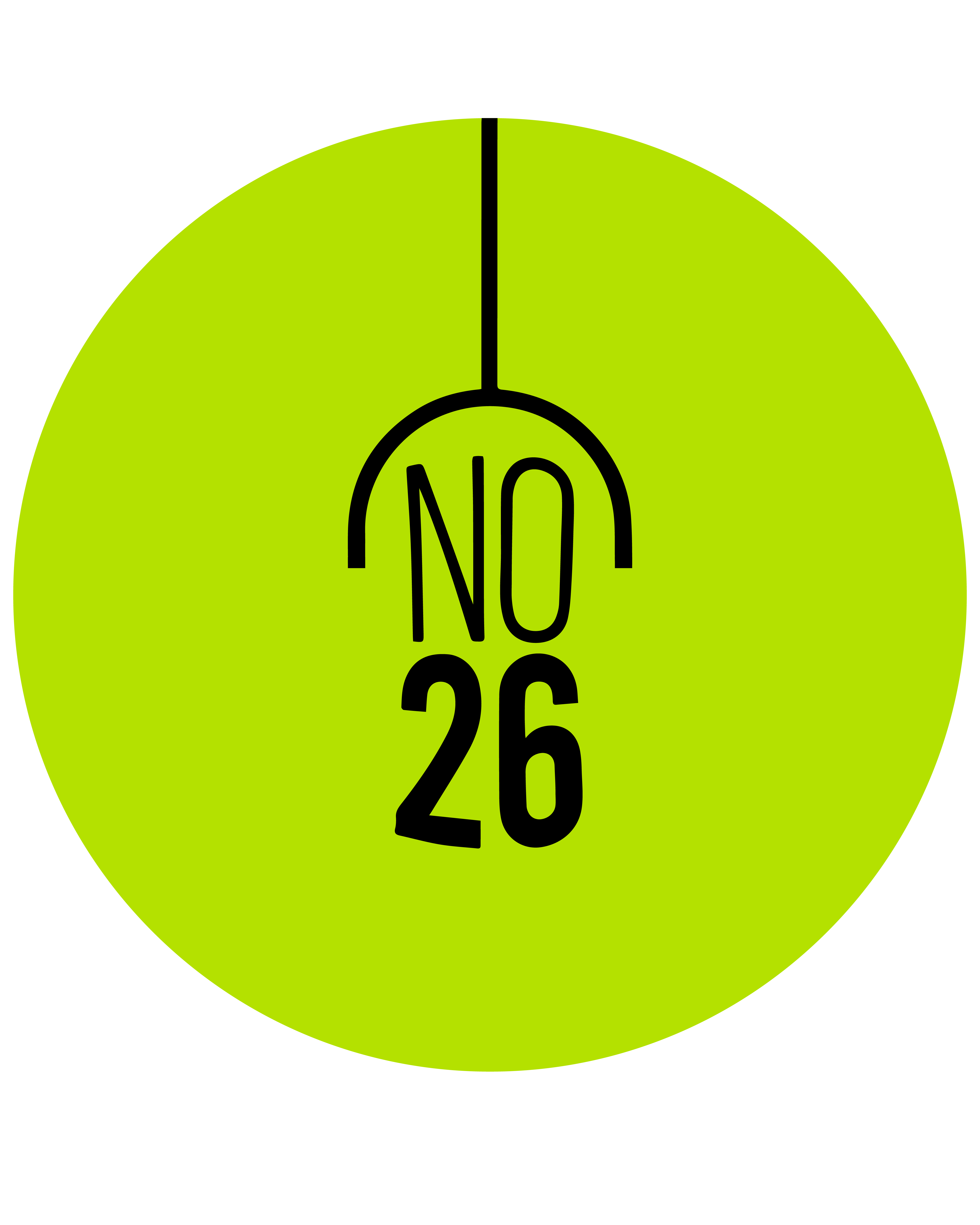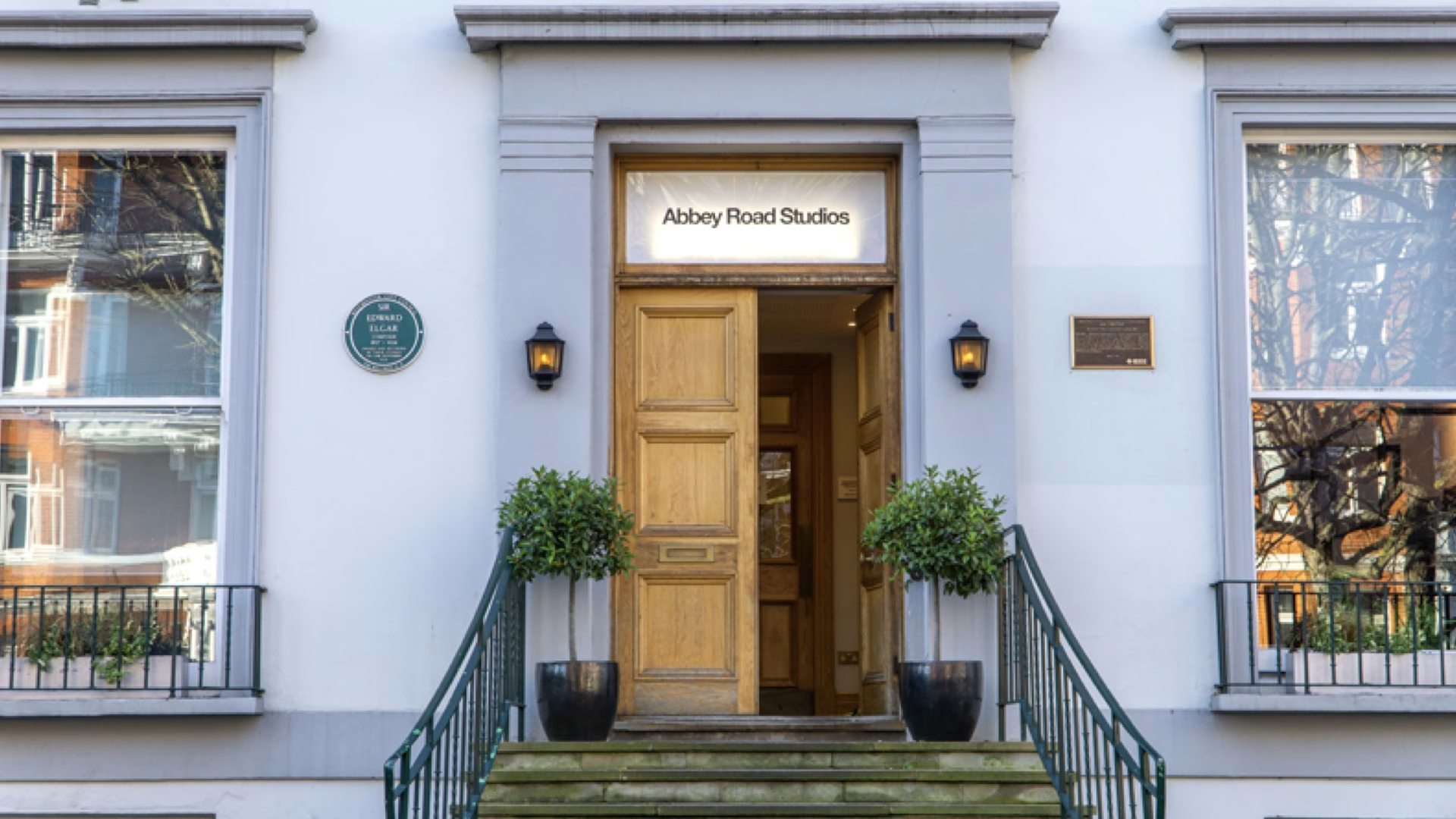Located in London’s St John’s Wood, Abbey Road Studios is not only the birthplace of The Beatles’ legendary albums but also a cornerstone of modern music history. While many know it for the iconic zebra crossing on the Abbey Road album cover, the stories within its walls hold far more for music enthusiasts.
- From a Villa to the Heart of the World
Abbey Road Studios was originally a villa built in the 1830s. In 1931, EMI purchased it, transforming it into the world’s first dedicated recording studio. Thus, Abbey Road stands out as a space not originally built for music but reborn within it. - The Orchestral Chaos of “A Day in the Life”
The orchestral section in The Beatles’ 1967 track “A Day in the Life” was an experimental performance. Under George Martin’s direction, classical musicians were asked to produce “the most chaotic and rising sound possible.” Around 40 musicians were assembled in the studio, resulting in the iconic crescendo that made music history. - Pink Floyd’s Secret Experiments
While recording The Piper at the Gates of Dawn, Pink Floyd worked in a studio adjacent to The Beatles, who were crafting Sgt. Pepper’s Lonely Hearts Club Band. The two groups occasionally visited each other’s sessions. Anecdotes suggest Syd Barrett sneaked into The Beatles’ studio, tinkering with their effects pedals and adding unique sounds to their recordings. - The Hidden Order of the Zebra Crossing
The Abbey Road zebra crossing sits right outside the studio. For the 1969 Abbey Road album cover, photographer Iain Macmillan had just 10 minutes to shoot, as traffic couldn’t be stopped. The group had to cross quickly, and the iconic photo was one of only six attempts. In 2010, the crossing was officially listed as a historic site in England, granting it protected status. - A Legacy in Film Scores
Abbey Road isn’t just for rock music—it has served cinema as well. Soundtracks for Star Wars, Harry Potter, and The Lord of the Rings were recorded here. While often associated with The Beatles, the studio’s archives are filled with compositions that shaped film history. - Graffiti and Fans’ Silent Contributions
The outer wall of Abbey Road Studios is always covered in fan graffiti. Every morning, staff find new messages scrawled on it. The studio embraces this tradition by repainting the wall several times a year, allowing new fans to leave their mark. - Yoko Ono’s Artistic Interventions
John Lennon often brought art objects to the studio with Yoko Ono. On one occasion, Yoko placed a white bed in the middle of the studio, where she and Lennon lay for an entire day during recording. This performative act dramatically altered the atmosphere of The Beatles’ later sessions—seen as creative by some, chaotic by others. - EMI’s Hidden Archives
Abbey Road is more than a recording space; it houses a vast sound archive. Since the 1930s, EMI engineers have preserved copies of all recordings. The studio’s vaults hold hundreds of hours of unreleased material, including outtakes from Beatles sessions, which remain a fascination for music historians. - BBC and Custom Microphones
In the 1930s, BBC engineers developed custom microphones for Abbey Road. The “RS124” compressor and “EMI REDD” mixing console were instrumental in crafting The Beatles’ unique sound. Many modern studios attempting to replicate Abbey Road’s sound are, in essence, chasing this engineering legacy. - Pink Floyd’s Magnetic Tape Experiments
During the recording of The Dark Side of the Moon, engineer Alan Parsons experimented with large magnetic tape machines found in the studio’s basement. Sounds like bells, heartbeats, and coins clinking from a cash register were layered using these machines, a method considered revolutionary at the time. - Paul McCartney’s Secret Late-Night Sessions
Even after The Beatles disbanded, Paul McCartney frequently returned to Abbey Road for late-night recording sessions. Some vocals in his solo albums, like Band on the Run, are known to include unpublished fragments recorded during the Beatles era. - The Studio’s Ghosts
A long-standing legend among studio staff claims a “man in a grey suit” haunts Studio 2’s corridors. Some late-night engineers report seeing this figure, rumored to be the spirit of the studio’s former owner, Sir Edward Elgar.
Apartment No:26 Note
Abbey Road Studios is more than a place where music is recorded; it’s a convergence of art, technology, and even mythology. Though often overshadowed by The Beatles, it’s filled with untold stories—from Pink Floyd to film scores, engineering marvels to mystical rumors.














